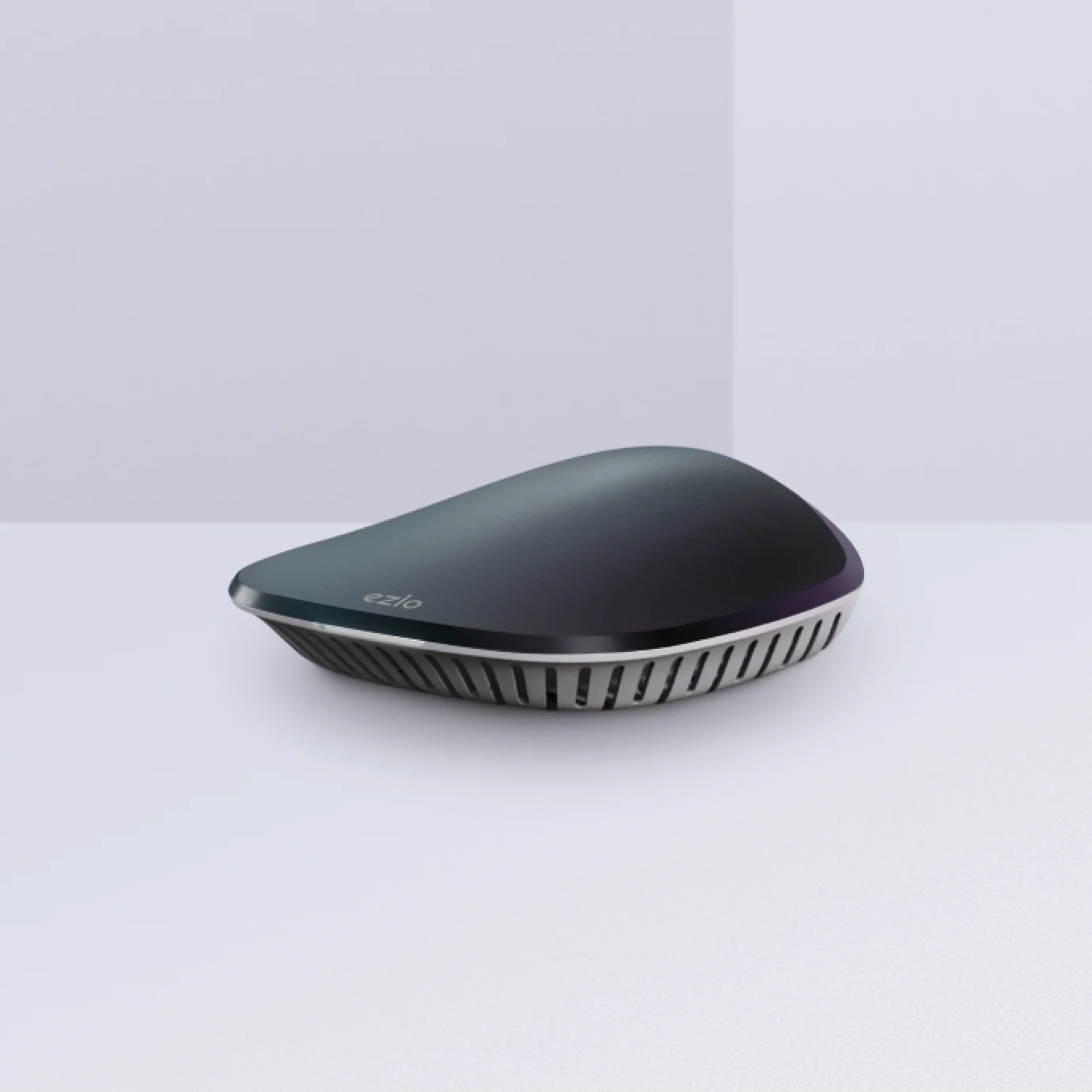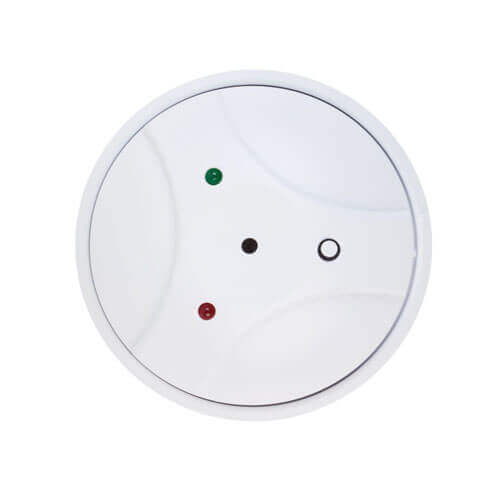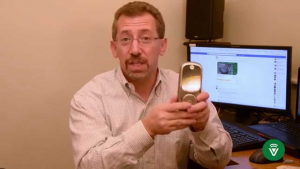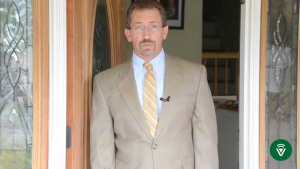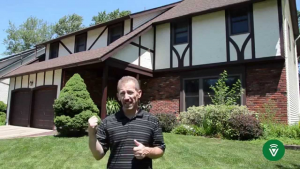5 Myths about Smart Homes
- July 10, 2020
- by Ezlo Admin
As we noted last week, the idea of the smart home has been around a while. And while we still haven’t reached the point of mass adoption, the potential of the technology has been written about for decades. And over time, there are some things that were once that are still widely believed—even if advances in technology have now rendered them incorrect. So with that, we’ve drawn up a list of five common things that were once true about smart homes, and should no longer be believed.
1. Smart Homes are too expensive
Smart homes were once thought to be something for the distant future, with prohibitive costs for even the most basic installations. It can still cost a lot, depending on the system, but getting the latest and greatest smart home tech is much more affordable than it has ever been before. Some platforms, like Vera, offer hubs starting at just $29 and starter bundles for under $200. With prices like these, you should feel more comfortable testing out the technology to see if it’s the right thing for you, then build on it over time.
When planning a smart home it’s always recommended to start small then increase the number of devices and areas in your home you want to automate, based on your or your family needs. This will not only help you to spread the overall cost over a longer period of time but also give you time to become familiar with all the benefits your smart home can offer. For instance, you can start with an Apartment Lights On starter kit and work your way up from there.
2. Smart Homes are too complex
There’s an entire industry dedicated to installing smart home systems, but not every system needs wiring or intensive programming. If you are considering delving into smart home tech, there are now off the shelf solutions which add plug and play automation to your home without having to snip a single wire or write one line of code. You can easily replace your old bulbs with their smart counterparts, add intelligence to your HVAC system with a smart thermostat, control your lamps or appliances with a smart plug, and check if your doors or windows are open with battery-operated sensors. Their automation and configuration are as easy as installing an app and following the step-by-step instructions.
3. Smart Homes are not secure
We’ve all heard the stories about security cameras getting hacked, and as smart home devices have become commonplace, there are valid concerns regarding the risk of smart home technology. However, most IoT devices risks are now well documented and the majority of them are addressed out of the box by manufacturers. However, you cannot ignore the fact that you should constantly monitor your systems, change passwords once in a while, activate two-factor verification, and make sure your main home router is secure as well since most of the smart home technology is using your local network for communication.
4. Smart homes are a luxury, not a necessity
A luxury item is a matter of perception and it depends on how much you value the benefits it brings. Traditionalists may say that they don’t need an app to turn on their lights, but smart homes go far beyond that. With door and window sensors to monitor the perimeter of your home, leak and smoke sensors that can give you an early warning of a pending accident, lights and sirens that can deter intruders, and cameras that keep you in touch with what’s going on at home, there’s far more value to a smart home than what most people think.
I think even the most traditional of us all would agree that being in full control of your home, saving you time, and potentially saving you thousands of dollars in damage is not a luxury—it’s just practical. So why not give it a try?
5. Smart Homes don’t save energy but add extra load on your electricity bill
As energy savings being the major selling point for the majority of smart home systems and devices, many customers are having high expectations that buying smart home devices will save them a lot of money.
According to this 2018 report by the American Council for An Energy-Efficient Economy, the total energy use of non-essential home devices and appliances like mood lamps, coffee machines, electric kettles, TV’s and more, accounts for approximately 20% of the energy use in your home. By adding smart plug-in modules and switches, the energy use of these appliances can be reduced by up to 50%.
Basically, anything that’s plugged into an outlet still uses a small amount of electricity, including any smart devices, and at first sight, it might negate the advantages of smart home technology. However, this is where “smarts” come in, as you are able to set control or timer functions to make sure an appliance is off when not in use, especially those that use a lot of energy. At the same time, all modern smart home plugs and outlets use state of the art technology that makes them very energy efficient when compared to their older counterparts.
These are some of the most common smart home myths today and there is a big chance you came across on at least some of them. It’s true, smart homes aren’t what they used to be. They’re simpler, safer, and more affordable than ever, which makes them more accessible than ever, too. If you’re looking to start a smart home, check out these bundles—they’re a great way to get started.
